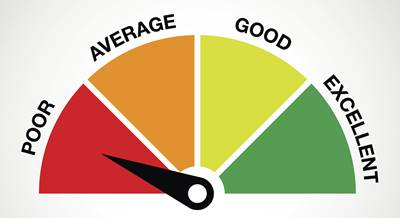
Table of Contents
Bad Debt Expense
What is a Bad Debt Expense?
A Bad Debt expense can be recognized in a situation when a receivable is not collectable any longer as the customer is not able to fulfil the responsibility to pay outstanding debt either because of financial issues or Bankruptcy.

A company that ends up extending credit to customers report their bad debts in the form of allowance for doubtful accounts on their Balance Sheet. This is also known as provisions for credit losses.
Bad Debt Expense in Detail
Generally, bad debt expenses are segregated as a general administrative expense and sales expense. Basically, these two can be found on the Income statement. Recognizing bad debts results in an offsetting decrease in accounts receivable on the balance sheet.
Talk to our investment specialist
Methods to Recognize Bad Debt Expense
As far as recognizing bad debt expense is concerned, there are two primary methods that are used. To begin with, a direct write-off method is used to write off the uncollectible accounts directly to expense the moment they become uncollectible.
Although this method helps to record the exact amount of uncollectible accounts, it doesn’t help when it comes to sustaining the matching principle used in accrual Accounting. This could be the reason why the bad debt expense is evaluated through the second method, which is known as the allowance method.
This allowance method provides an estimated amount of uncollectible accounts in the same period wherein the revenue was earned.
How to Record Bad Debt with Allowance Method?
In the accounting technique, the allowance method allows a company to consider expected losses in financial statements to restrict the overstatement of anticipated income. To avert an overstatement situation, a company estimates the amounts of Receivables from a specific period’s sales that are expected to be bad debt.
As no substantial time period passed since the sale, a company wouldn’t know which accounts receivable are going to be paid and which will turn Default. Thus, an allowance for doubtful accounts will be established on the Basis of expectations and calculated figures.
This allowance for doubtful accounts is the contra-asset account that generally nets against the accounts receivable. This means that it helps to decrease the value of the total receivables when both of the balances get listed on the balance sheet. This way, the company debits bad debt expense and credits the same in the allowance account.
All efforts have been made to ensure the information provided here is accurate. However, no guarantees are made regarding correctness of data. Please verify with scheme information document before making any investment.












